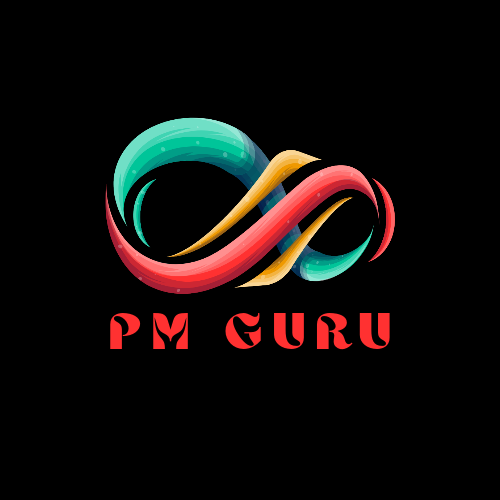In-Depth Guide to the Project Management Plan Development Process
A project management plan is a comprehensive document that integrates and consolidates all subsidiary plans and processes necessary to manage a project effectively. It serves as a blueprint for project execution, providing clear guidance and direction to stakeholders and team members. This essential document is often confused with other management tools such as a project charter or various specialized plans like scope or risk management plans. Unlike these, the project management plan is an overarching framework that encompasses all aspects of the project, ensuring that all subsidiary plans are aligned and integrated towards achieving the project objectives.
The importance of the project management plan cannot be overstated. It plays a critical role during the initiation and planning stages of a project, where detailed consideration and coordination of various elements are necessary. By encapsulating objectives, strategies, and procedural guidelines, the project management plan helps in keeping the project on track, within scope, on time, and within budget. It aligns efforts through phases of a project’s lifecycle, from the initiation phase, where high-level planning occurs, to the execution and control phases, where detailed work is performed and monitored.
A comprehensive project management plan includes several key elements and components that collectively contribute to the project’s success. Scope management outlines the boundaries of the project and defines what will and will not be included. Schedule management details the timeline of the project, setting milestones and deadlines. Cost management ensures that the project’s budget is adequately planned and monitored. Quality management focuses on meeting the project’s deliverables to the required standards. Risk management identifies potential obstacles and plans for mitigating them. Each of these components is crucial to creating a balanced and thorough project management plan.
Real-world scenarios highlight the efficacy of a well-drafted project management plan. For instance, consider a construction project where the project management plan meticulously documents timelines, budgets, quality requirements, and risk mitigation strategies. Such detail ensures that all parties involved are aligned with the project`s objectives and reduces scope creep, budget overruns, and scheduling conflicts. This coordinated approach enhances communication, fosters accountability, and increases the likelihood of successful project delivery. By serving as a single source of truth, the project management plan keeps stakeholders and team members focused, ensuring efficient workload distribution and timely project completion.
“`html
Steps to Develop a Project Management Plan
The development of a robust project management plan is vital for achieving project success. The initial stage of this process involves identifying stakeholders, understanding project requirements, and defining project goals and objectives. Stakeholder identification is crucial as it ensures that all parties who have a vested interest in the project are recognized and considered. From executives to end-users, their input and expectations guide the scope and deliverables of the project.
Understanding project requirements is the next essential step. This can be effectively achieved through various methods and tools, such as stakeholder interviews, project workshops, and requirement analysis sessions. These methods help in collating and comprehending the specific needs and constraints of the project, forming a foundation for a well-structured and detailed plan.
Once initial information is gathered, the focus shifts to creating the project management plan. This plan should be systematically organized with key sections including the scope, schedule, cost, quality, communication, risk, human resources, procurement, and stakeholder management plans. Each section must be developed comprehensively, providing clear guidelines and outlines on how respective aspects of the project will be managed and controlled.
To ensure alignment with the overall project objectives and constraints, each subsidiary plan must be meticulously crafted. For instance, the scope management plan should clearly define what is within and outside the project’s scope, while the schedule management plan should outline the project timeline, milestones, and key deliverables. Cost management should address budgeting and financial controls, and quality management should establish the benchmarks for project deliverables.
Stakeholder involvement is critical throughout this process. Continuous feedback and iteration help refine the plan, confirming that it meets the evolving needs of the project and remains relevant. Flexibility and adaptability are key; project plans should be living documents that evolve as the project progresses. Clear communication and documentation practices are essential, ensuring that all stakeholders are informed of updates and changes, promoting transparency and consensus.
Maintaining the relevance and utility of the project management plan throughout the project lifecycle is vital. Regular reviews, updates, and stakeholder feedback ensure the plan continues to serve as an effective tool for informed decision-making, guiding the project to its successful completion.
“`




